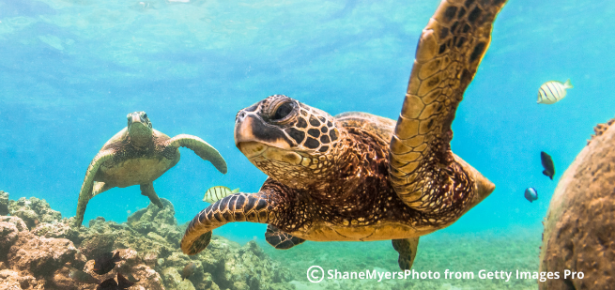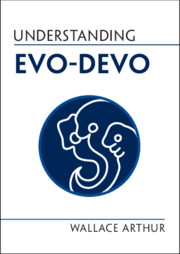
how did the first beak evolve?
Conventional evolutionary theory is very good at explaining variations on a theme. Examples include the evolution of dark moths from pale ones, the evolution of big horses from small ones, and the evolution of birds with different shapes of beak. But it’s less good at explaining the origins of the themes themselves. For example, how did the first beak evolve? Or, going back further in evolutionary time, how did the vertebrate endoskeleton, or the arthropod exoskeleton, evolve from ancestors that didn’t have them?
how did the vertebrate endoskeleton, or the arthropod exoskeleton, evolve from ancestors that didn’t have them?
The short answer is that such evolutionary origins involve more significant changes in embryogenesis than do the acquisitions of variations on a theme. But, as usual, the short answer misses a lot of important points. So let’s look at a longer one – but only slightly longer, of course, because a blog doesn’t allow the full answer; for that, you’ll need to read the book! For the slightly longer answer, I’m going to use as my example not a moth, a horse or a bird, but rather a turtle. However, I’ll start with the human shoulder.
If you reach behind your shoulder, you can feel the flat bone called the scapula, in other words the shoulder blade. That’s because it’s near the surface, outside the ribcage. This arrangement is found in nearly all vertebrates, both modern and ancient, including turtles’ reptilian ancestors. But in turtles themselves the arrangement has been inverted: the scapula is inside the rib cage. In fact, it has to be inside, because the ribs themselves are fused into the shell, so the only way the shoulder blade could be outside the ribcage would be by being outside the shell too, and that would be a very weird body form indeed.
Here’s one aspect of this fascinating puzzle: how did animals of the turtle stem lineage evolve so that their ribs grew laterally (outwards), but not, or at least not much, ventrally (downwards)? It turns out that the embryonic ribs are deflected from their ‘normal’ growth direction by a structure at the edge of the shell called the carapacial ridge, which doesn’t exist in other vertebrates. This explains the unusual pattern of turtle rib growth, but not the overall problem. As often in evolutionary biology, and indeed in science in general, answering one question leads to others.
As often in evolutionary biology, and indeed in science in general, answering one question leads to others
One of these questions is: why did shells evolve at all? We think that the answer is ‘for protection from predators’ – a reason for all manner of evolutionary changes in all manner of animals, ranging from the spines of a hedgehog to the cryptic body forms of stick insects. Another question is: what was the evolutionary sequence of shell formation? Fossil studies show that, unexpectedly, it was the flat ventral part of the shell (the plastron) first, the domed dorsal part (the carapace) second. The shell did not evolve all at once.
This story shows that to understand the evolution of turtle body form we need to interweave at least three things: natural selection, palaeontology, and development. Evolutionary theory has involved the first two ever since Darwin’s day. But it hasn’t involved development in a satisfactory, and causal, way until the advent of evo-devo (or evolutionary developmental biology) in the early 1980s. The aim of my book is to explain this new interdisciplinary field to those who are curious about it.

Title: Understanding Evo-Devo
Author: Wallace Arthur
Paperback ISBN: 9781108819466
Hardback ISBN: 9781108836937
Latest Comments
Have your say!